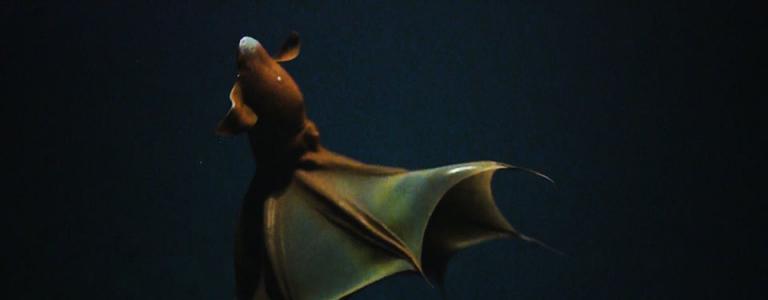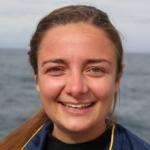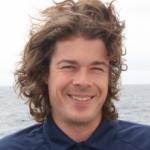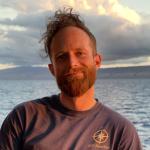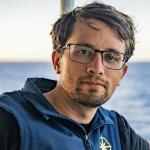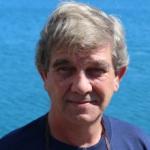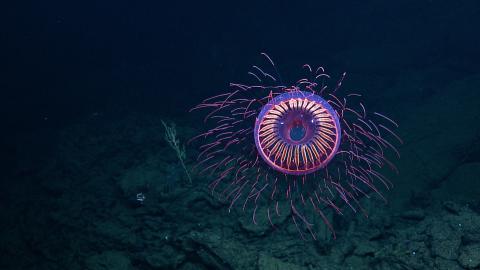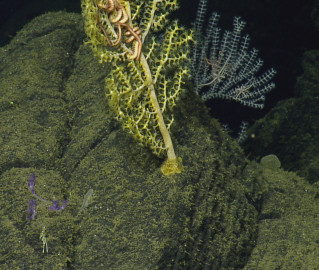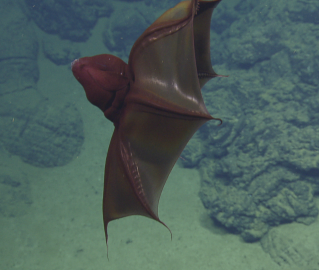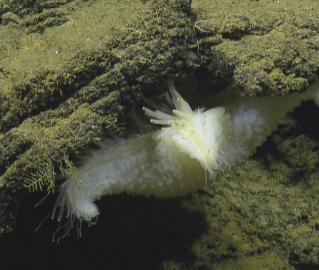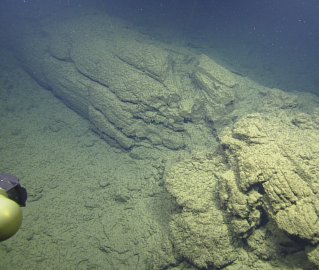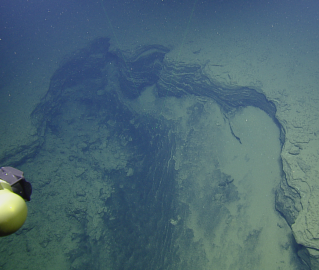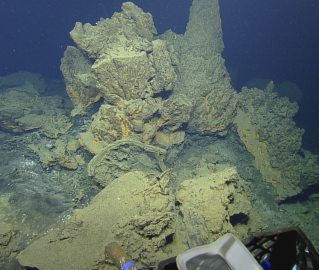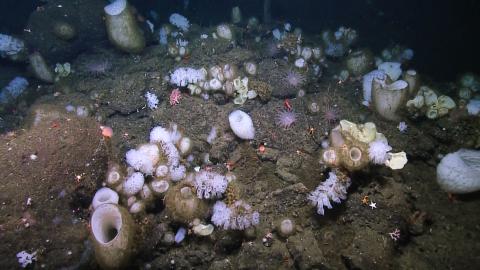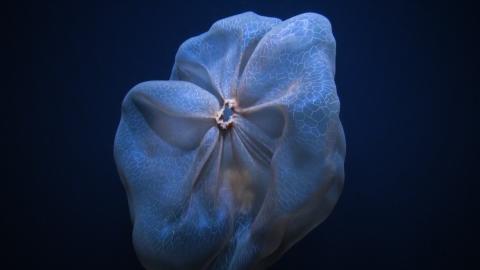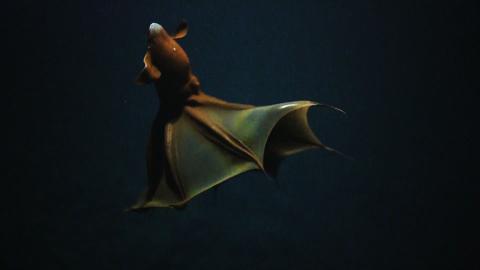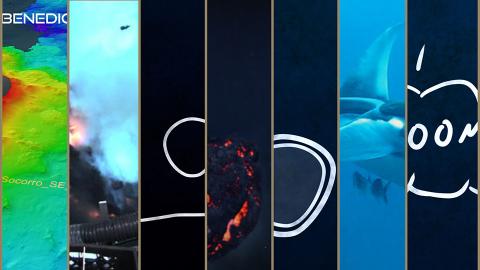Again moving offshore from the Baja California Peninsula, Nautilus will return for deeper exploration of the Revillagigedo Archipelago, consisting of the islands of Socorro, Clarion, San Benedicto, Roca Partida and numerous associated seamounts. Oceanic seamounts are critical features of the ocean basins that focus biological activity by providing hard substrates coupled with upwelling currents, are potential sites of seafloor mineralization, and pose hazards to benthic communities and human populations as a result of active volcanism. In this part of the eastern Pacific there is a pronounced oxygen minimum zone that is likely to play a key role in the distribution of benthic and pelagic fauna. The submarine parts of these islands remain largely unexplored despite the occurrence of active volcanism and their importance as gathering and breeding places for large pelagic fish, reptiles, and marine mammals, such as humpback whales, that migrate along the west coast of the United States.
During this expedition Nautilus will conduct multidisciplinary explorations of the island flanks and seamounts of the Revillagigedo Archipelago and nearby Mathematician Ridge. The work will focus on unusual styles of shallow water volcanism and searching for hydrothermal activity using new laser-based imaging technology, ROVs to characterize benthic biological communities, and ROV-deployed sensors and ultra low-light bioluminescence camera to collect baseline water column data.
The new data will shed light on both the deep and shallow geologic structure of seamounts. In particular, this exploration will provide insights into unusual processes of shallow water volcanism and how these contribute to seamount evolution, volcanic hazards, impacts on biological communities, and potential economic mineralizations. These types of baseline data are also critical to the assessment of species diversity and habitat characteristics over a wide range of water depths, and are essential for the management and preservation of this unique marine environment and newly-designated UNESCO World Heritage Site.
